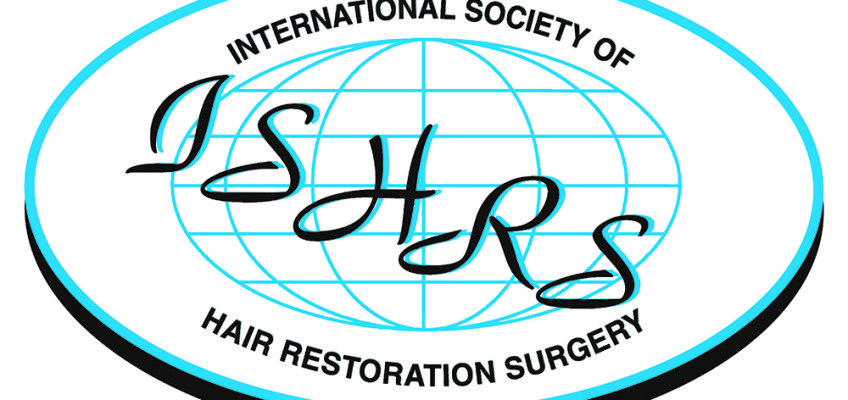According to statistics released from a recent member survey conducted by the International Society of Hair Restoration Surgery (ISHRS)—the world’s leading medical authority on hair loss and hair restoration—hair restoration surgery as a permanent solution for hair loss has surged in popularity over the past decade.
The worldwide volume of surgical hair restoration procedures performed from 2006 to 2014 rose 76 percent, with 397,048 procedures performed in 2014. During this time period, the worldwide number of surgical and non-surgical hair restoration patients increased 64 percent.
While in the past hair transplantation was a primarily male-dominated surgical procedure, more women now are seeking help for hair loss and turning to hair restoration surgery for natural-looking, permanent results. Specifically, the number of women undergoing hair restoration surgery worldwide increased 11 percent from 2006 to 2014.
In addition, the survey found more people are undergoing body hair transplantation— also known as non-scalp hair transplants—to supplement hair loss or thinning hair in areas such as the face or chest. For example, from 2012 to 2014, the ISHRS survey found that the total number of hair restoration procedures targeting recipient areas of the body other than the scalp increased 95 percent. In 2014, 89.1 percent of hair transplant procedures targeted the scalp area and 10.9 percent targeted non-scalp areas of the body—including eyebrow (5.5 percent), face/moustache/beard (3.7 percent) and eyelash (0.6 percent).
Other notable trends and facts from the ISHRS Practice Census survey include:
- In 2014, more than half of both male and female surgical patients worldwide fell between the ages of 30 to 49 years old, 58.6% and 54.7%, respectively
- Aside from “wanting more hair”, ISHRS members reported the main reason women were seeking hair restoration in 2014 was that they “felt self-conscious about lack of or thinning hair in this area” (65%)
- When asked about non-scalp procedures, the majority of ISHRS members reported that women were most interested in discussing eyebrow procedures (92.2%), and men were most interested in discussing facial (63.8%) or eyebrow (31.5%) procedures
- 52% of ISHRS members think the next technological “leap” in hair restoration will be cloning/stem cells/cell therapy/cell growth/tissue engineering
About the ISHRS
Founded in 1993, the International Society of Hair Restoration Surgery (ISHRS) is a global non-profit medical association and the leading authority on hair loss treatment and restoration with more than 1,200 members worldwide dedicated to the advancement of the art and science of hair restoration. The mission of the ISHRS is to achieve excellence in patient outcomes by promoting member education, international collegiality, research, ethics, and public awareness. For more information and to locate a physician, visit www.ishrs.org.
About the Survey
Conducted by Relevant Research, Inc., of Chicago, IL, USA, the ISHRS 2015 Practice Census is a compilation of information provided solely by participating physicians. The information published in this survey was developed from actual historical information and does not include any projected information. The margin of error for the sample is within plus or minus 4.9 percent at the 95 percent confidence level. For a full reprint of the ISHRS 2015 Practice Census Report, visit Hair Restoration Statistics.


